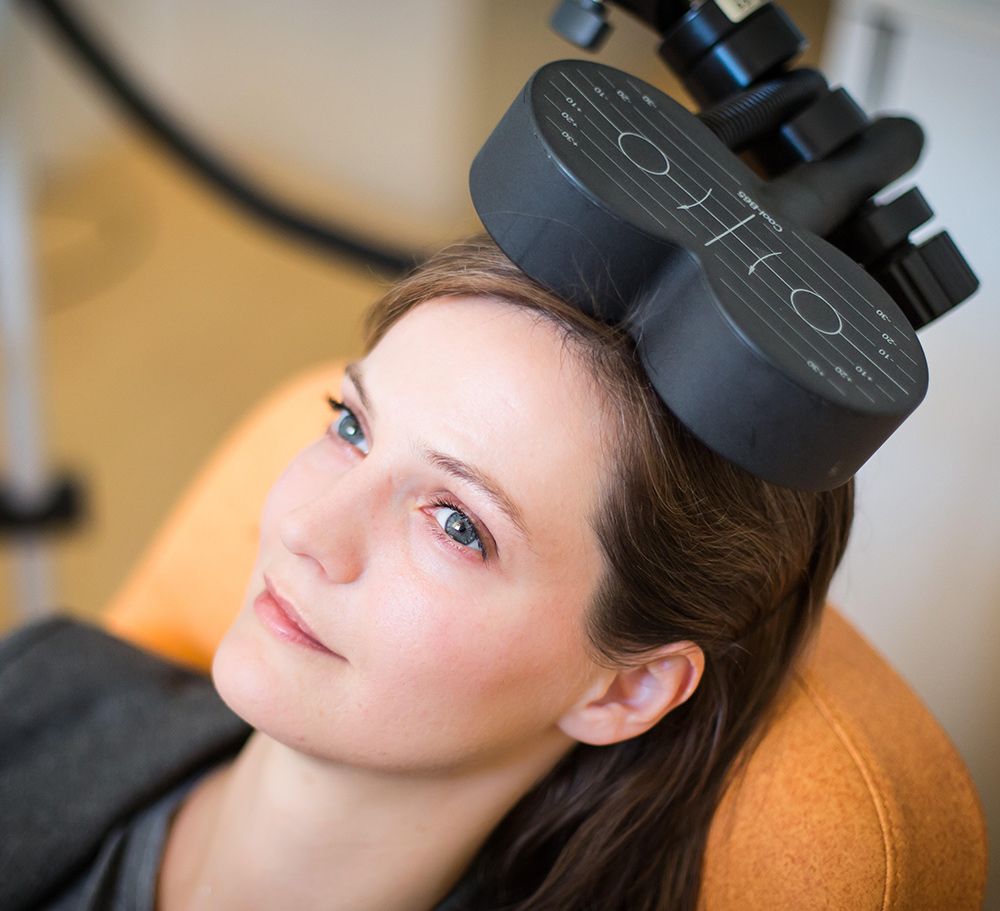With Dr Ted Cassidy
Psychiatrist and Co-founder
Transcript
Hi. My name's Ted Cassidy. I'm a psychiatrist and I'm one of the founders of Monarch Mental Health Group. I'm asked by people often, "what are neurostimulation treatments?" And often the word neurostimulation and some of the names of the treatments can be quite off-putting for people because they're quite long.
So words like transcranial magnetic stimulation, abbreviated as TMS, deep transcranial magnetic stimulation and theta burst stimulation, all of these words can be quite confronting. The first question that people often ask me is this ECT? Is this electric shock therapy? So there are a number of differences between TMS magnetic-based neurostimulation and traditional ECT.
The key difference is that one uses a magnet and the other uses an electrical current. Now, that has implications if you use a magnet, but they're typically painless. Anyone who's held a magnet to their skin knows that magnets don't hurt. The treatments we deliver are non-invasive. You don't need anaesthetic, you can do them as an outpatient and they're very tolerable.
The other thing about magnets compared to electricity is whereas electricity tends to find a current through whatever tissue it's going through, in the case of magnets, they're very much limited to a certain distance. So anyone who's held two magnets together understands that the further the magnets get away from each other, the less they interact with each other. That's really powerful because often, say, with magnetic-based neurostimulation, it's not just what you actually stimulate in the brain, it's also what you don't stimulate. And that's why you don't get the kind of side effects that you might see with other treatments that are perhaps a bit more nonspecific. And that would include medication treatments and electrical-based treatments.
Now, within magnetic therapies, the most common form of TMS is repetitive transcranial magnetic stimulation (rTMS). And in rTMS, what you're doing is you're literally targeting the positive mood centres of the brain, which are typically towards the frontal part of the brain, and you're literally repetitively activating it. And in the course of a standard treatment, you might activate that 2 to 3000 times, you keep on switching on the same pathways and after a while, they get a lot better at it, in the same way that any other activity you might do, if you do it often enough, you get a bit better at it.
---------
To learn more about our neurostimulation treatment, click here.
Book an Initial Consultation with Our Experienced Psychiatrists
.png)
About The Author
Dr Ted Cassidy
Dr. Ted Cassidy is a psychiatrist and co-founder of Monarch Mental Health Group in Australia, which provides innovative treatments for depression, PTSD, and anxiety. Monarch Mental Health is recognized as Australia's first outpatient clinic offering assisted therapy and is the largest provider of outpatient magnetic stimulation therapy.


.png?width=126&name=DrTedCassidy_circle%20(1).png)